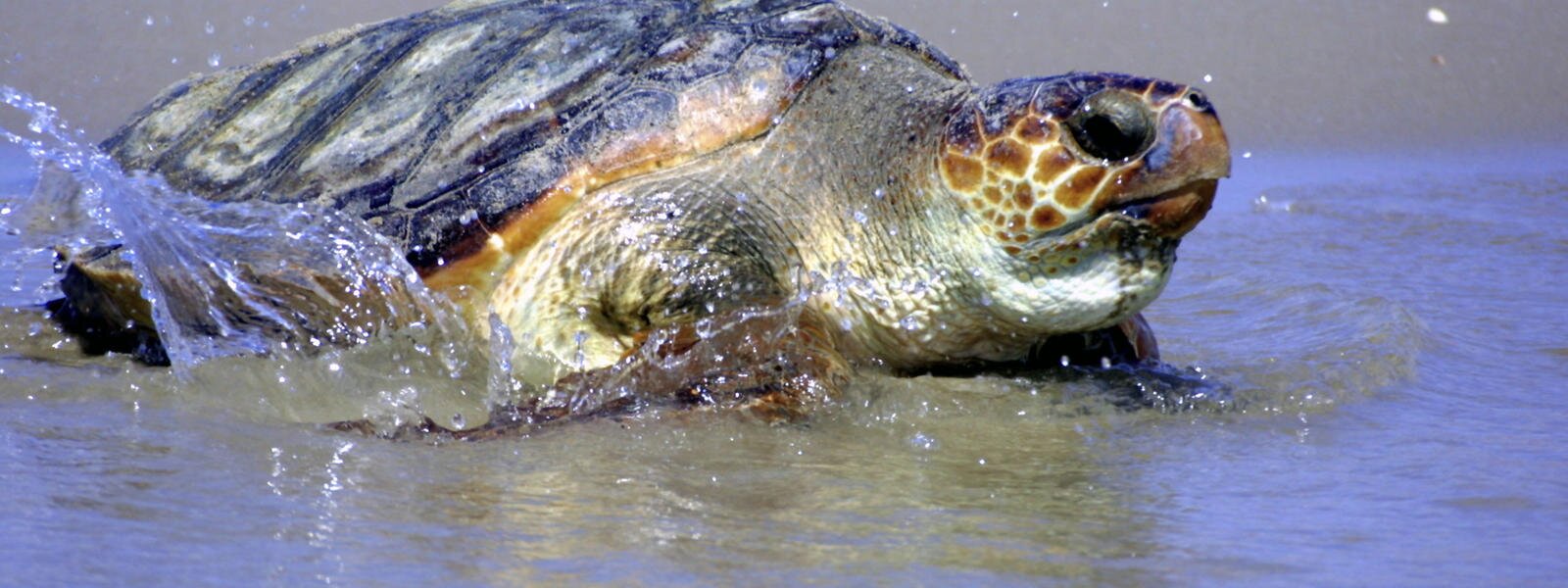Cape Verde Turtles and Climate Change | 15 Jul 2019
Recent study has warned that Loggerhead turtles born at a key breeding ground in Cape Verde (an island country in the central Atlantic Ocean) will all be turned female because of climate change.
- The sex of turtles is determined by the temperatures at which they are incubated and warm temperatures favour females.
- If high emissions continue, over 90% turtles could be incubated at lethally high temperatures, killing youngsters before they hatch.
- Even under a low emissions scenario, 99.86% of hatchlings would be female by 2100.
- Currently 84% of hatchlings at Cape Verde are female.
- Cape Verde has the third largest population of nesting loggerhead turtles.
- The International Union for Conservation of Nature (IUCN) status of Loggerheads turtle is vulnerable
Loggerhead Turtles
- Loggerhead sea turtles are named for their large heads that support powerful jaw muscles, allowing them to crush hard-shelled prey like clams and sea urchins.
- Unlike other sea turtles they are less likely to be hunted for their meat or shell.
- The accidental capture of marine animals in fishing gear, is a serious problem for loggerhead turtles because they frequently come in contact with fisheries.
- Many of their nesting beaches are under threat from tourism development.
- Loggerheads are the most common turtle in the Mediterranean, nesting on beaches from Greece and Turkey to Israel and Libya.
- Sea turtles are not only living representatives of a group of reptiles that has existed on Earth for the last 100 million years but are also a fundamental link in marine ecosystems and help maintain the health of coral reefs and seagrass beds.
